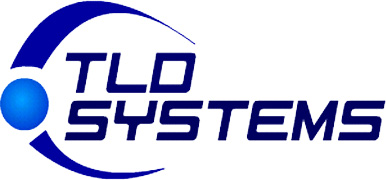- Helping you with HIPAA Security Solutions.
Billing Coding
Coding
Medicare Guidelines for Palliative Care
“I am looking for a relatively concise explanation regarding Medicare’s policy on palliative care and coverage for diabetics and non-diabetics. As of late, fewer and fewer charges for nail debridement and keratosis debridement are being reimbursed. I have tried to search through Medicare’s guidelines but there is not enough time in a year to sift through the documentation. Is there such a thing as a concise explanation for Medicare’s guidelines for palliative care and CPT codes with ICD-10 codes?”
Read More
Coding
Routing Footcare: Billing an E/M
“I have several healthy Medicare patients that have painful calluses. These patients come to my office, sometimes monthly complaining of painful callouses. I understand that Medicare does not cover the routine trimming of calluses in healthy patients. However, I have been billing CPT 99212-13 with the diagnosis codes of L84 (corns and callous), M77.4X (metatarsalgia). The documented management plan for L84 is discussion of moisturizing the feet, not waking barefoot, etc. and then I debride the callus. The documented management plan for metatarsalgia is discussion of metatarsalgia and surgical options, and then I place felt padding in the shoe, or modify the shoe to take pressure off the callus. My patients rarely follow my advice for moisturizing and not going barefoot; so ultimately, the calluses come back. Is this appropriate billing? The treatment I provide is instrumental in preventing a wound or ulceration from occurring (which I also document). Also, it relieves the patient of pain. Is it appropriate to bill an E/M code in lieu of a procedure code if the procedure is not covered?”
Read More
Coding
Coding Tophi Removal
“I am having trouble finding an appropriate code to bill for a procedure to remove tophaceous material at a toe. The location was the left 2nd toe. This was performed in the office and a digital block was utilized to obtain anesthesia at the toe. Using a 3mm dermal curette, approximately 1 mL of tophaceous material was removed and a sterile gauze dressing applied. I planned to use ICD-10 M1A-0721. What CPT would be appropriate in this situation?”
Read More
Coding
Lisfranc Amputation and Revision
“On February 11, a patient has a transmetatarsal amputation. The patient is a non-compliant, diabetic. The site deteriorates weeks after he leaves the hospital. On March 24, he was readmitted for an infected at the amputation site. On March 26, the remaining 5 metatarsals stumps are removed, and the wound is kept open. How would you recommend coding for the 2nd surgery? What is the code for removing the 5 remaining metatarsal stumps?”
Read More
Coding
Documentation Requirements for CPT 11721
I am trying to educate my physician about the documentation requirements for CPT code 11721. He doesn’t think it’s important to document the number of nails debrided or even the method of debridement. Is there a resource you can point me to that specifically addresses this?
Read More
Coding
Challenges with CPT 28308 and Hammertoe Surgery
“I have great difficulty getting paid for CPT 28308 when a hammer toe repair is performed at the same time. The billing scenario generally will look like this:
CPT 28308 (2nd metatarsal osteotomy) -RT
CPT 28285 (2nd hammertoe repair) -T1 -59
We never get paid for CPT 28308 in this scenario. Does anyone have any suggestions? We link the acquired deformity of bone diagnosis to CPT 28308.”
Read More
Coding
Locum Tenens Versus Reciprocal Billing Arrangements
Under reciprocal billing arrangements, a patient’s absentee physician may submit a claim and receive payment for services arranged to be provided by a substitute physician on an occasional basis. The regular physician should identify the service as substitute physician services and bill with the Q5 modifier (service furnished by a substitute physician under a reciprocal billing arrangement).
Read More

